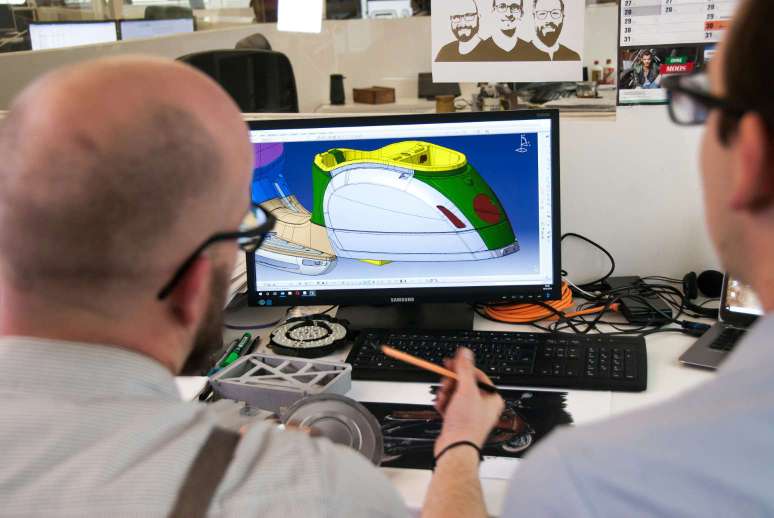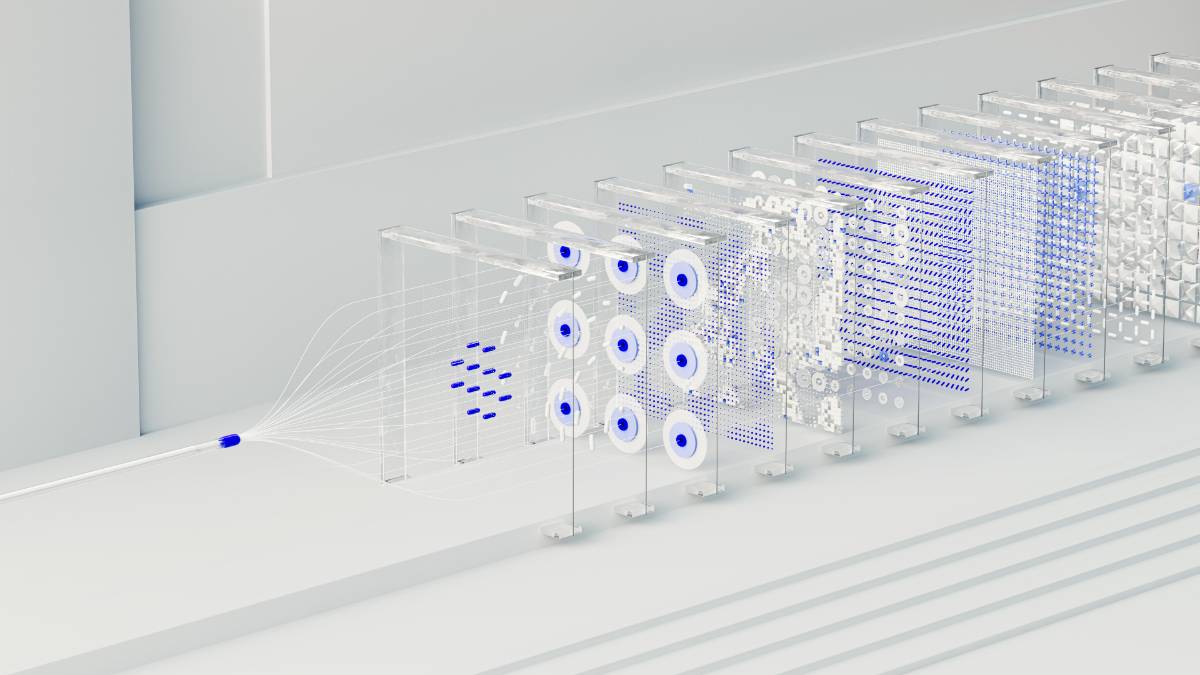Computer-Aided Design (CAD): The Essential Tool for Engineers

6 min read
26 Jan 2025
Computer-Aided Design (CAD) has revolutionized engineering by streamlining the design process and enhancing creativity and efficiency. This article explores the fundamental role of CAD in engineering, its applications across various industries, and its impact on innovation and development.
The Role of CAD in Engineering
CAD software allows engineers to create, modify, analyze, and optimize designs with precision and speed. By leveraging computer graphics and modeling tools, CAD enhances the visualization and conceptualization of complex designs, facilitating collaboration among engineers and stakeholders. CAD plays a crucial role in product development, architectural design, mechanical engineering, and other fields where precise and detailed design is essential.
Applications Across Industries
CAD finds applications in diverse industries: Product Design: CAD enables engineers to create detailed 3D models of products, visualize prototypes, and simulate performance to optimize design before manufacturing. Architecture: CAD facilitates architectural design by allowing architects to create precise floor plans, structural layouts, and building models, improving design accuracy and reducing construction errors. Mechanical Engineering: CAD supports mechanical engineers in designing machine components, mechanisms, and assemblies, optimizing functionality, and ensuring compatibility with manufacturing processes. Automotive and Aerospace: CAD is integral to designing vehicles, aircraft, and spacecraft, enabling engineers to optimize aerodynamics, structural integrity, and performance while adhering to safety and regulatory standards.
Impact on Innovation and Development
CAD enhances innovation and development in several ways: Faster Design Iterations: CAD accelerates the design process by enabling engineers to explore multiple design iterations, analyze performance, and make real-time adjustments, reducing time-to-market. Improved Accuracy: CAD tools ensure precision in design, minimizing errors and iterations during prototyping and manufacturing, which lowers costs and enhances product quality. Enhanced Collaboration: CAD fosters collaboration among multidisciplinary teams by enabling real-time sharing, annotation, and feedback on designs, promoting innovation and interdisciplinary problem-solving. Integration with Manufacturing: CAD integrates seamlessly with computer-aided manufacturing (CAM) and computer-aided engineering (CAE) systems, facilitating automated manufacturing processes and optimizing production efficiency.
Future Trends and Developments
CAD continues to evolve with advancements in technology: Cloud-Based CAD: Cloud computing enables collaborative CAD design and access to real-time data, enhancing flexibility, scalability, and remote collaboration. Generative Design: AI-powered generative design algorithms optimize CAD models based on specified constraints and performance criteria, fostering innovative and efficient design solutions. Virtual Reality (VR) and Augmented Reality (AR): Integration of CAD with VR and AR technologies enables immersive design reviews, interactive simulations, and virtual prototyping, enhancing visualization and user experience.
Conclusion
Computer-Aided Design (CAD) is an indispensable tool for engineers, enabling them to innovate, collaborate, and optimize designs across industries. By enhancing visualization, accuracy, and efficiency in the design process, CAD drives innovation, accelerates development cycles, and supports the creation of sophisticated and sustainable engineering solutions. As CAD technology continues to evolve, it will play a pivotal role in shaping the future of engineering by empowering engineers to tackle complex challenges and drive technological advancements across various domains.
More Articles

Holo-Homes: How AR and VR are Redefining Interior Design
5 min read | 20 Jan 2025

Beyond the Screen: Exploring AR and VR in Everyday Life
5 min read | 19 Jan 2025

AR for Education: Making Learning Interactive and Fun
6 min read | 27 Jan 2025

AR Fashion: Trying Before Buying in Augmented Reality
4 min read | 26 Jan 2025
More Articles

AI for Social Good: Humanitarian Applications and Challenges
6 min read | 13 Jan 2025

The Intersection of AI and IoT: Smart Homes and Connected Devices
5 min read | 12 Jan 2025

AI in Agriculture: Precision Farming and Sustainable Practices
5 min read | 11 Jan 2025

Machine Learning Algorithms: An Overview of Popular Techniques and Their Applications
5 min read | 10 Jan 2025
